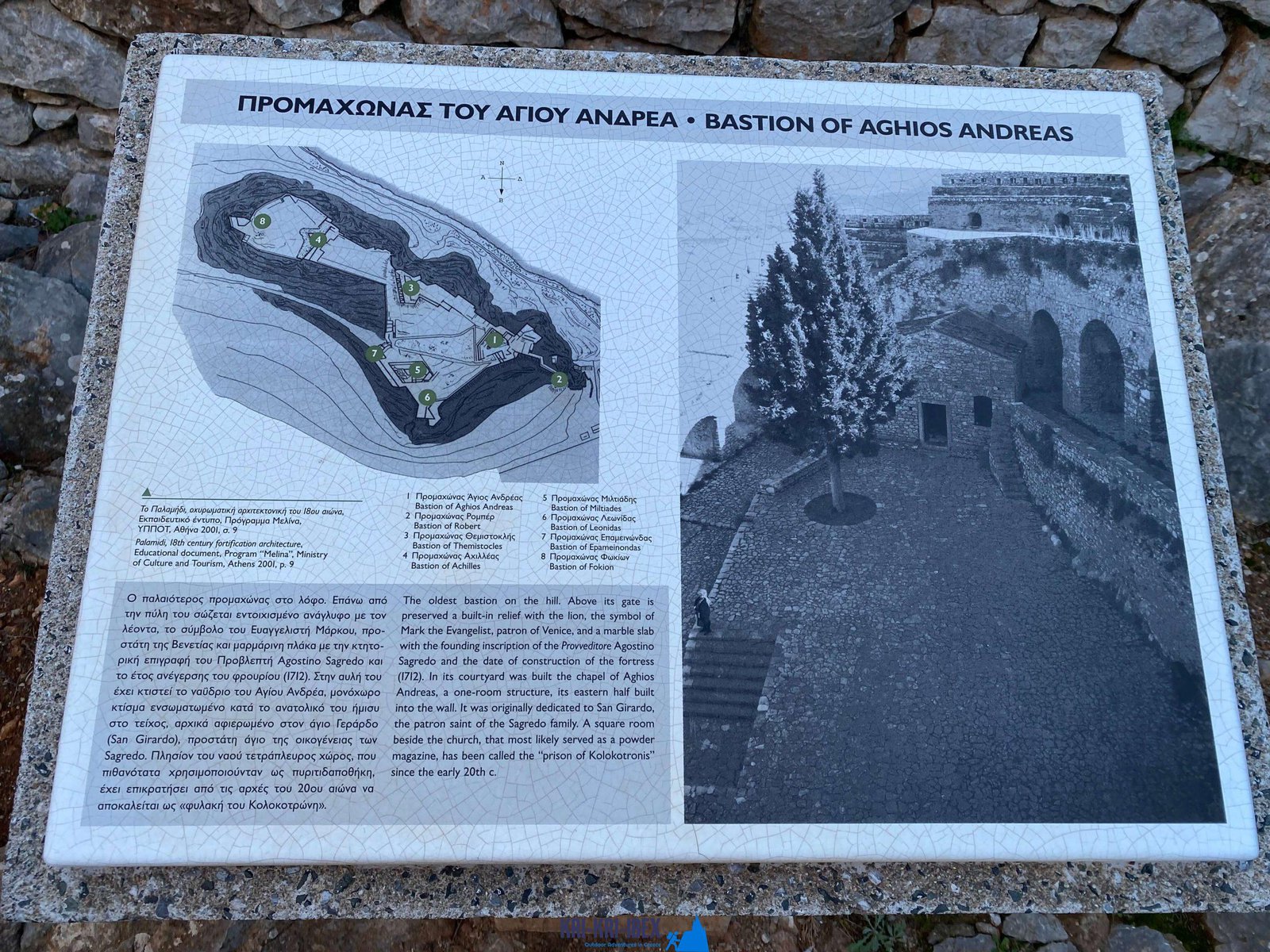
Searching for Kri Kri ibex in Greece is an incredible hunting expedition and amazing getaway all in one. Ibex hunting is generally a severe experience, but not in this case! Dive to shipwrecks and spearfishing in ancient Greece, or delight in ibex hunting in an unique place are simply a few of things you could do during a week long ibex searching expedition in Greece. Can you consider anything else?

Greece is a fantastic nation for tourism, using several possibilities for site visitors. There are numerous gorgeous islands to see, such as Sapientza, in addition to archaeological sites as well as cultural experiences to appreciate. Greece is additionally popular for its scrumptious food as well as wine. Whatever your passions may be, Greece has something to use you.
On our Peloponnese trips, you'll get to experience all that this outstanding area needs to supply. We'll take you on a trip of several of one of the most historic and beautiful websites in all of Greece, including ancient damages, castles, and also more. You'll likewise reach experience a few of the conventional Greek culture direct by taking pleasure in several of the tasty food and wine that the area is recognized for. And naturally, no trip to Peloponnese would be total without a dip in the sparkling Mediterranean Sea! Whether you're an experienced hunter seeking a novice vacationer or a new journey just seeking to explore Greece's magnificent landscape, our Peloponnese trips are excellent for you. What are you waiting for? Schedule your trip today!
There is really something for everyone in the Peloponnese peninsula. Whether you have an interest in background as well as society or nature and also outdoor activities, this is a perfect destination for your next vacation. If you are short on time, our hunting and also visiting Peloponnese Tours from Methoni is a wonderful means to see everything this breathtaking location has to offer.And finally, your Kri Kri ibex prize is awaiting you.
What is the diference between Kri Kri ibex, Bezoar ibex and hybrid ibex
The kri-kri is not thought to be indigenous to Crete, most likely having been imported to the island during the time of the Minoan civilization. Nevertheless, it is found nowhere else and is therefore endemic to Crete. It was common throughout the Aegean but the peaks of the 8,000 ft (2,400 m) White Mountains of Western Crete are their last strongholds–particularly a series of almost vertical 3,000 ft (900 m) cliffs called ‘the Untrodden’—at the head of the Samaria Gorge. This mountain range, which hosts another 14 endemic animal species, is protected as a UNESCO Biosphere Reserve. In total, their range extends to the White Mountains, the Samaria National Forest and the islets of Dia, Thodorou, and Agii Pandes.
This Ibex is NOT a diminutive form of the Bezoar Ibex, which has migrated into the western-most reach of the range of this species. The kri – kri (Capra aegagrus cretica), sometimes called the Cretan goat, Agrimi, or Cretan Ibex, is a feral goat inhabiting the Eastern Mediterranean, previously considered a subspecies of wild goat. The kri-kri has a light brownish coat with a darker band around its neck. It has two horns that sweep back from the head. In the wild they are shy and avoid tourists, resting during the day. The animal can leap some distance or climb seemingly sheer cliffs.
“The agrimi goat Capra aegagrus cretica is unique to Crete and its offshore islands. It has been identi®ed as a sub-species of the wild bezoar goat Capra aegagrus aegagrus Erxleben, 1777, which it closely resembles in horn shape, body form and coloration. This classi®cation has been disputed by some researchers who claim that the agrimi are feral goats, derived from early domestic stock brought to the island by the ®rst Neolithic settlers. In order to clarify this issue, DNA analyses (cytochrome b and D loop sequences) were carried out on tissue of live and skeletonized agrimi and compared to sequences of wild and domestic caprines. Results conclusively show the agrimi to be a feral animal, that clades with domestic goats (Capra hircus) rather than with wild Asiatic bezoar. This study demonstrates that morphometric criteria do not necessarily re¯ect genetic af®nities, and that the taxonomic classi®cation of agrimi should be revised.”